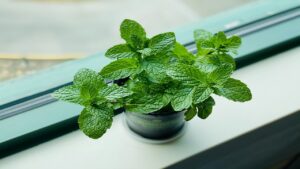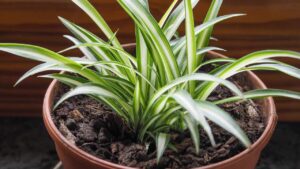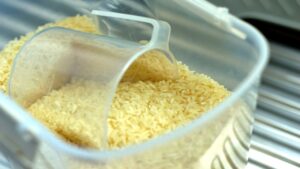Do You Know Why There are Always Roses at the Entrance to the Vineyards? Only a Few Know the Answer
Have you ever visited one or more vineyards? Did you like it? Perhaps you remember that, upon entering, you found a lush rose bush. After all, forgetting such a scene is difficult, as it seems unusual.
Right from the start, you wondered why this approach was used. You thought it might be a peculiar choice by the farmer. However, after sharing your experience with friends, you realized this technique is quite common in vineyards in various places.
Vineyards: Why They Have a Rose Bush at the Entrance
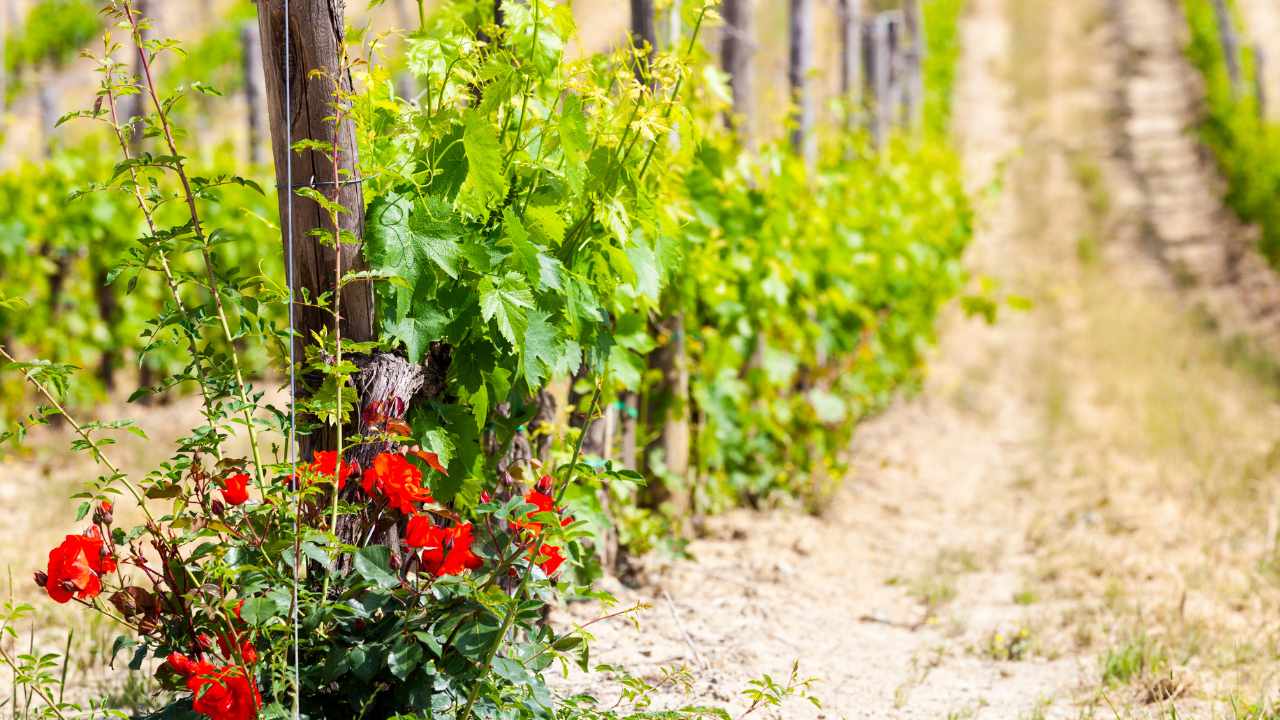
You have yet to explain why roses are planted at the ends of vine rows. We all had different, even strange ideas about it, but we couldn’t find a clear answer. It remains a mysterious tradition in vineyards.
If you’ve ever wondered about this curious tradition and want to uncover the truth, make yourself comfortable. In the following few lines, we will provide you with an answer. By the end of this read, you’ll understand the real reason behind planting roses at the end of vine rows.
When we talk about roses, we immediately think of our better half, from the present or the past. We are submerged by a series of flashbacks; after all, we have always attributed a romantic meaning to them. However, the presence of roses in vineyards has a more practical and unrelated meaning. It’s not about romance; it serves a different purpose.
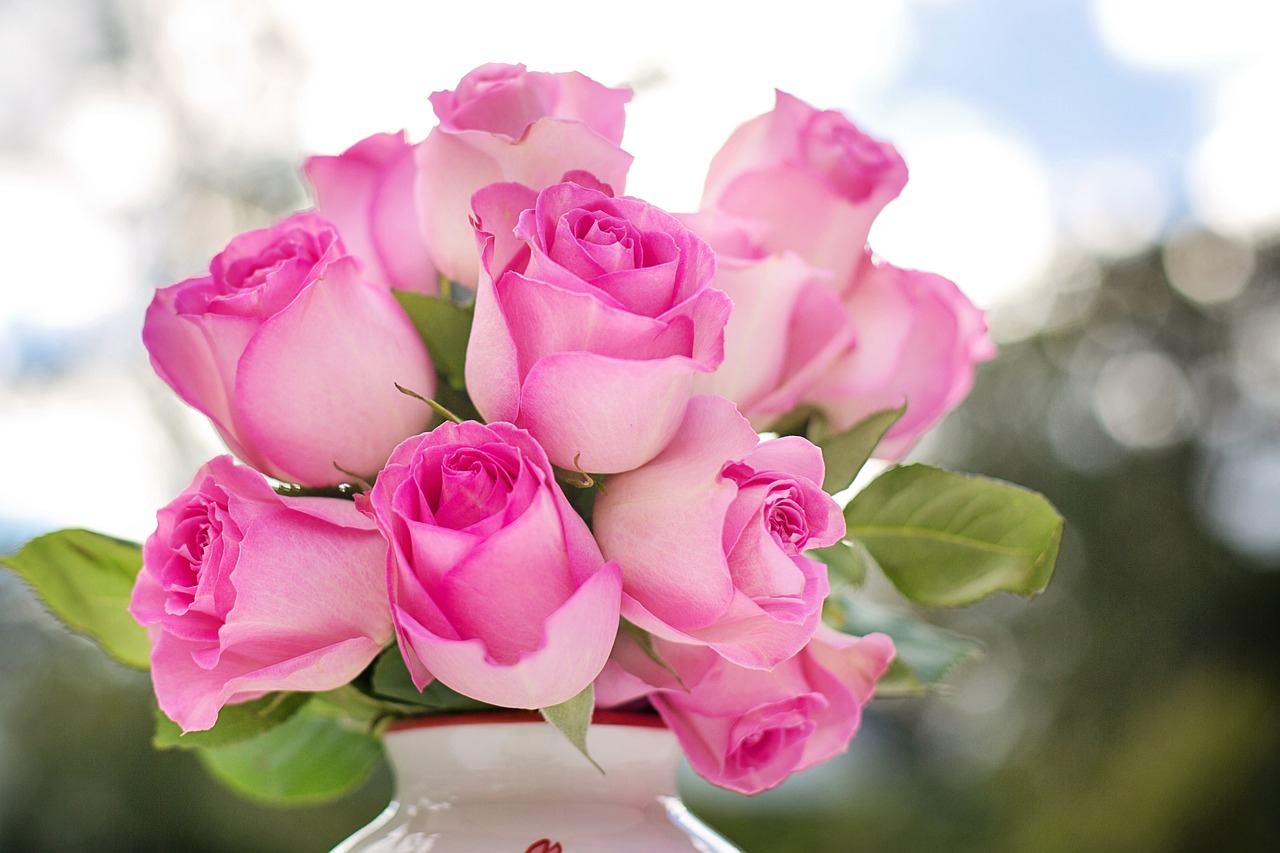
The purpose of the roses here is of a technical nature, valid for successfully carrying out the cultivation activity. According to what experts report, they act as sentinels, helping monitor the vineyard’s health. They are susceptible to the same diseases, pests, and mineral deficiencies as the grapevines but are more sensitive.
In some way, they are sacrificed to assess the health of the vineyard. They act as an early warning system, and if they show signs of disease or pests, it alerts the growers to take action to protect the grapevines. This method is often used by small vineyard owners who may need more financial resources for advanced technological solutions.
